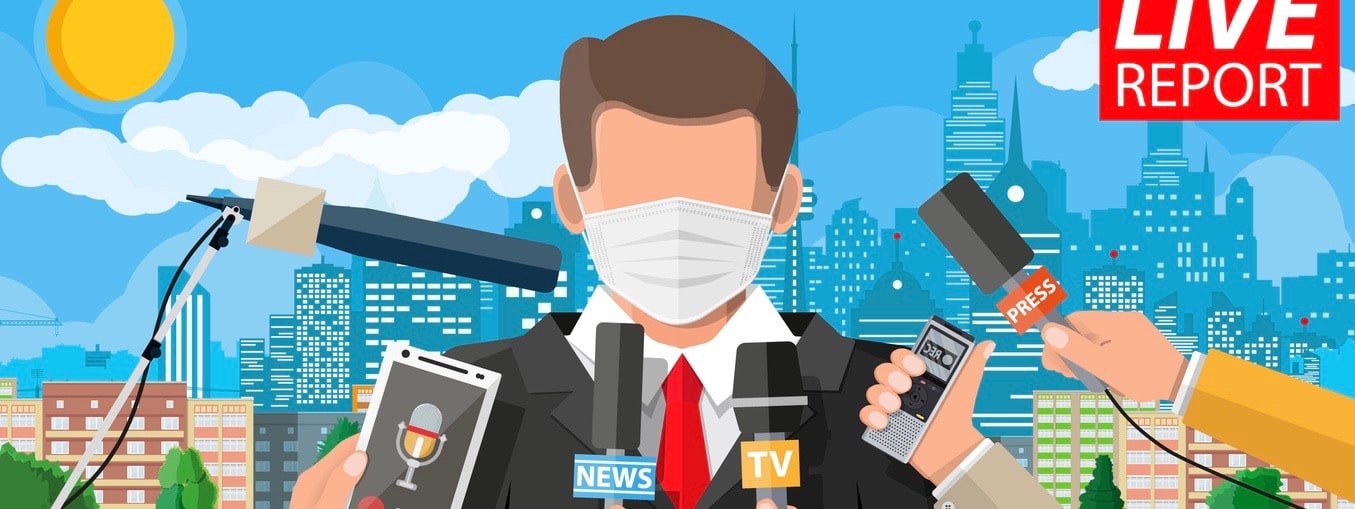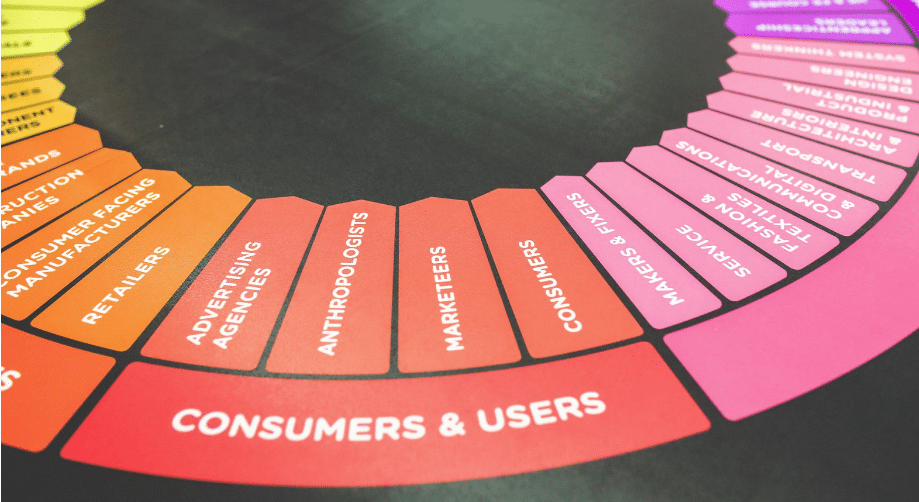The COVID-19 pandemic brought big changes to the way people live and conduct business. Amidst this huge global change, the traditional ways of communication play a lesser role than in the past. With people shifting from going to an office to working from home, many now rely more on digital platforms to communicate, conduct business, and stay connected.
These unprecedented times pose a challenge to many firms. As the current crisis dominates people’s day-to-day lives, businesses and organizations have to adapt and learn the mechanisms on how different communication channels function and use these appropriately to reach and relate with their target audiences. Businesses also need to show high ethics and professional morals to be part of a sustainable way out of the crisis.
(Source: Pexels)
Fortunately, there are many ways companies can focus on and sustain customer engagement. One of these is establishing media relations suitable for the current situation. Here’s how to best build media relations in the post-pandemic world:
1. Understand the current crisis
Knowing the pandemic’s immediate and long-term impact on the community will significantly contribute to business continuity. Identify how the current crisis affects human life, businesses, and the economy. Learn which sectors are greatly affected and which ones are least affected.
Be sensitive about your content as well. There are people who are struggling because they and their loved ones are directly affected by the threat of the virus. There are also those who are battling emotional and mental issues like depression and anxiety because of the long periods of isolation or loss of loved ones.
Staying on top of what is happening and how it is affecting your audience will allow you to offer educational insights, raise awareness, and position your organization as the thought leader and a resource provider in your industry. This will help your company increase its visibility and build strong relationships and trust among your key audience.
2. Communicate directly to your target audience
Without the face-to-face setup, it may be difficult to keep the media’s attention.
Bring your story to more people through owned channels and e-commerce platforms. Use your corporate site, social media accounts, videos and the blogs you create to expand your reach. You can also use emails and newsletters to create unique experiences for your audience, and then use different funnel builders to convert your website visitors to customers. These will help you grow your engagement.
One thing you should never do in your digital marketing is to focus solely on what the product can do for your target customers. PR is not advertising, and it has never been. Again, add value to your content.
Some publicists check your social presence so make sure that the messages you are pushing to the media match what is in your social channels.
3. Always provide value
Being careful about your pitch is crucial during these challenging times. You wouldn’t want to appear like you are hitching your wagon to this global pandemic. Avoid hard-selling as well. Instead, choose the right story and offer solutions when you engage with the media and your audience.
People become more receptive to messages that solve their problems, help them learn something new or inspire them despite the fear and uncertainty that COVID-19 brings. By providing value, you connect not only with your prospects and customers. You also build trust.
Pitching informative and inspirational local stories that relate to your brand and maintain consistency may also draw a journalist’s interest. In fact, some famous media outlets like the Financial Times and USA Today have been looking to emphasize positive and uplifting stories on how communities and businesses are working together to overcome the crisis.
If you need to promote consumer-based products that are completely unrelated to the coronavirus, do a cause-based campaign. You can donate a portion of your proceeds to pandemic related causes like donating hand sanitizers or PPE’s to front liners in your area.
You can also create industry-related and publish using popular online course platforms to help people gain skills. This is especially helpful for those who lost their jobs because of the lockdowns. Doing these makes you stand out and humanizes your brand.
4. Do media audits
Looking at the home page of some publications’ websites, reviewing the headlines, and identifying the best and trending posts on social media will give you a view on the communication’s standpoint during the COVID-19 crisis. It will also give you an idea of your audience’s receptivity to your message and at what percentage of the news is crisis and non-crisis related.
Following journalists and reporters on social media, and monitoring their queries can give you good leads for stories. It can also provide you with insights on the non-crisis related news people are searching for at the moment. In this way, you could foresee opportunities and provide relevant and newsworthy content.
(Source: Pexels)
5. Inform and respond
Many businesses are facing challenges because of the impact of the virus on health and economy. There are companies that laid off several of their employees. The media may have queries about how you are assisting your own employees and their families, and how you are contributing back to the community amidst the crisis.
Think about potential questions and scenarios and be ready to share some of your crisis mitigation process and contingency plans. The media and its audiences appreciate hearing innovative insights and authentic points of view from industry experts. Take this as a splendid opportunity to position yourself as a leader in your industry.
6. Avoid being tone deaf
It is best to understand that the primary focus of the news cycle nowadays is the Coronavirus Pandemic and the development of its vaccine. If your business does not relate to the medical/pharmaceutical fields, you need to be cautious and emphatic in your communications strategy.
Do not ignore the fact that the world is in turmoil right now. You wouldn’t want to risk your company being perceived as tone-deaf and opportunistic with the wrong pitch. Some journalists won’t just ignore you. They may even bash you on social media if you have insensitive content. So research and think before you click send.
7. Identify the coverage interest of media outlets and reporters
Identify the type of issues that media outlets and reporters prefer to cover and see how your business can address these or contribute to raising awareness about it. It may be a hard concept for entrepreneurs, but the key is operating with a mindset of wanting to serve the press rather than having the press serve you.
(Source: Pexels)
8. Build and nurture good relationships
The media industry is also suffering because of the economic shutdown. Some outlets need to let go of some of their employees in order to survive. Reporters are swamped with work to finish, and they are under more stress. Be humane in talking with them.
These people also have their own families and personal problems to deal with. Ask them about their physical and mental health, and how the pandemic has affected their lives and their careers. You may not want to waste time on fluff and get directly to the business, but you need to acknowledge that you may be talking to a person who has suffered from Coronavirus or knows someone who does.
Extend kindness. It humanizes you and it builds your relationship with the person you are talking to. You may not reap its immediate benefit, but good relationships can take you a long way.
The bottom line
Communication affects your business and brand image. The correct media relation strategies can help propel your brand and increase your chances for better and more positive media coverage. The key is to offer genuine content and service.











